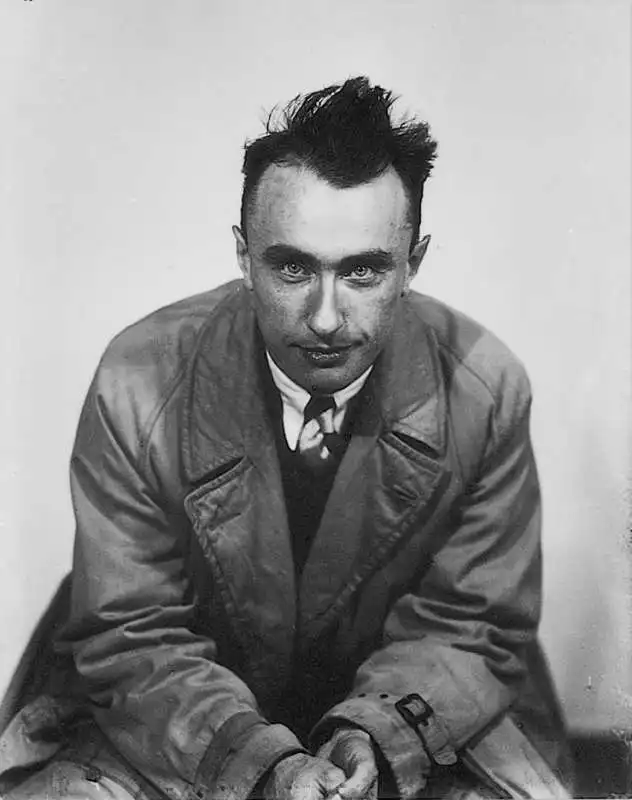One of the most fascinating art movements in history developed shortly after World War I. Surrealism was basically a spinoff from the ideas of the famous Dada artists who went against everything society stood for at the time.
The famous Surrealist artists took everything a step further and aimed to awaken the unconscious mind by creating art that pretty much made no sense. This manifested itself in both visual art and writing. It heavily relied on the element of surprise to achieve the ultimate goal of turning dreams into reality.
The term Surrealism was coined by French poet Guillaume Apollinaire as early as 1917. The movement itself only started on October 15, 1924, when French writer and poet André Breton (1896-1966) released the Surrealist Manifesto in Paris that day.
It quickly spread all across the world and although it initially manifested in Surrealist paintings, it eventually also included film, music, and even social and political theory.
So who were some of the most famous Surrealist artists in history? In this article, you’ll find out!
1. André Breton
André Breton (1896-1966) was a French writer and poet and the so-called “Founding Father” of the Surrealist art movement. He is the one who wrote the “Manifeste du surréalisme” in 1924 in which he described the ideas of Surrealism. His theory was that the artist suppresses his conscious mind and pretty much automates the creation process.
Apart from his work as the leader of the movement, he also created multiple Surrealist books which became iconic works. One of these was “Nadja,” which starts with the question, “Who am I?” He was also an important critic and wrote multiple theoretical works regarding visual art which strengthened his reputation as one of the most famous Surrealist artists in history.
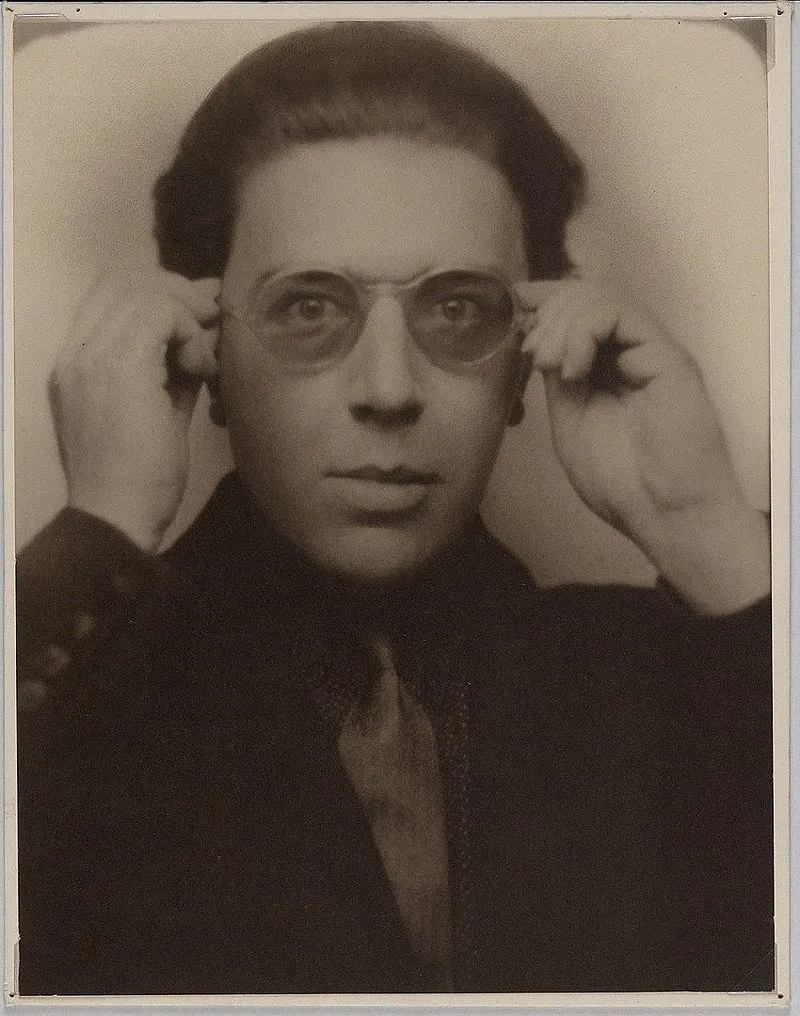
2. Salvador Dalí
Salvador Dalí (1904-1989) was a Spanish Surrealist artist who was born in Figueres, Catalonia. Even though he was mainly influenced by Renaissance masters and famous Expressionist artists from a young age, he developed his own style which became extremely recognizable because of the bizarre images and irrational elements.
His most famous work called “The Persistence of Memory” (1931) became one of the defining paintings of the art movement. He lived briefly in France during the Spanish Civil War (1936-1939) and moved to the United States in 1940 for a period of 8 years. Even though his artwork is world-famous, his eccentric behavior throughout his career often received a lot of attention as well.
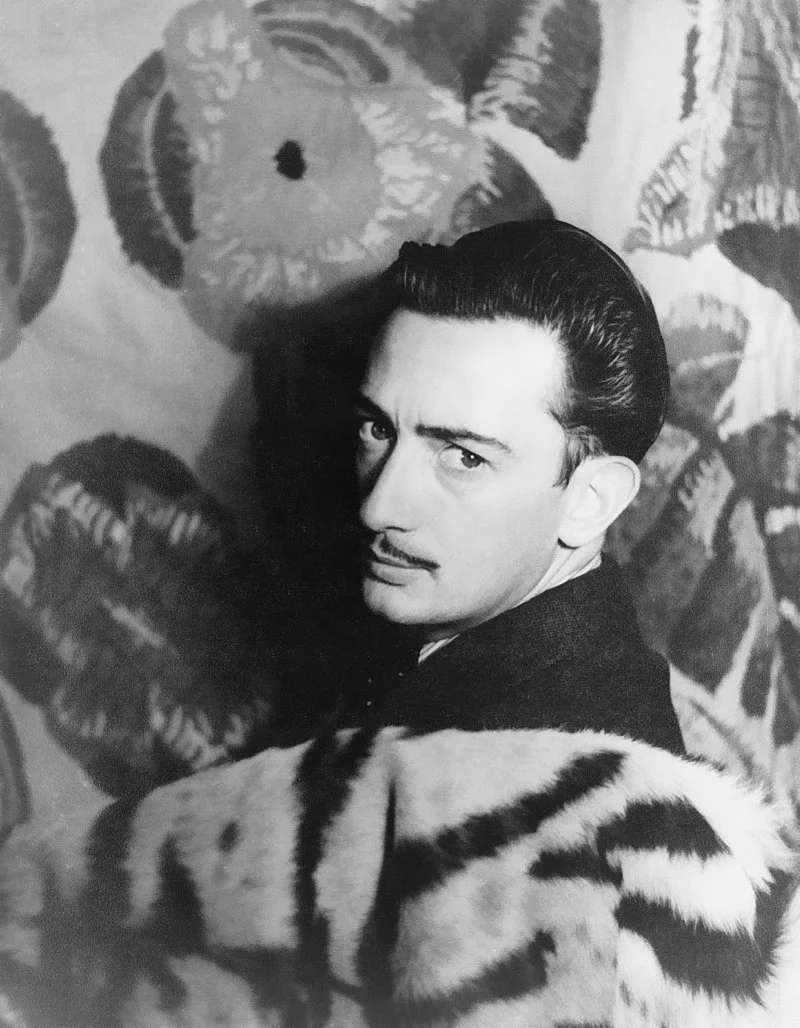
3. René Magritte
René Magritte (1898-1967) was a Belgian Surrealist artist who created some of the best-recognizable works of art in history. He is known for depicting ordinary objects in a thought-provoking manner in an attempt to influence the viewer’s perception of reality. One of his best-recognized works is an image of a pipe with a description saying “Ceci n’est pas une pipe.”
One of the most remarkable facts about Magritte is that early on in his career, he could be described as an Impressionist artist. It wasn’t until he moved to Paris and became friends with André Breton that his style radically changed and he became one of the leading members of the Surrealist art movement.
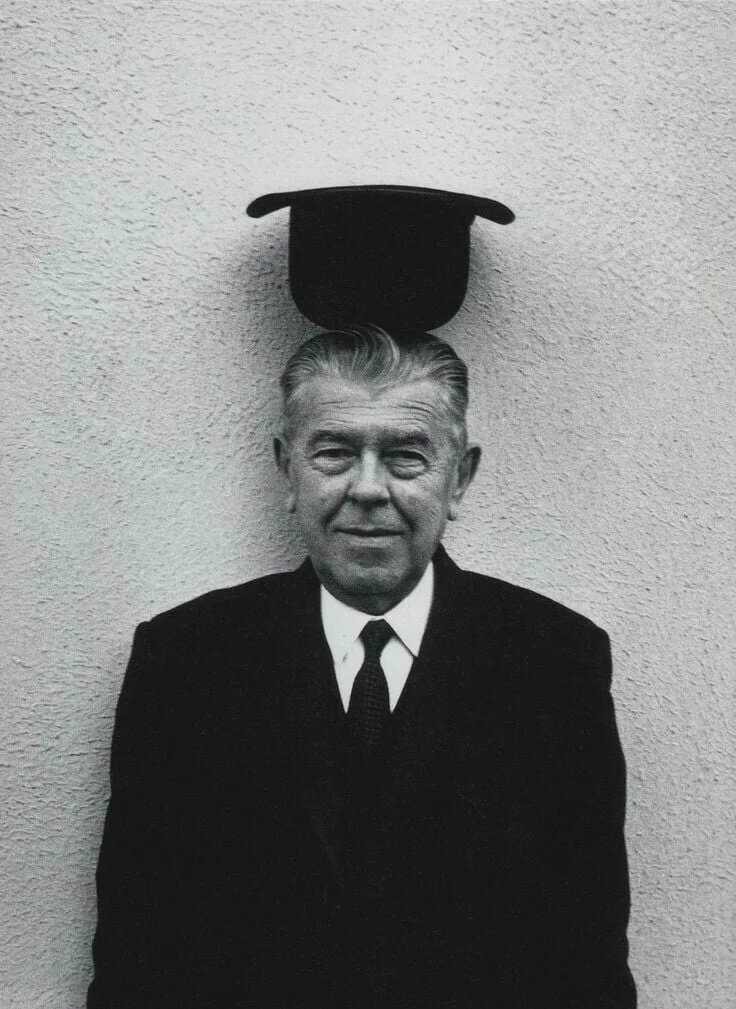
4. Frida Kahlo
Frida Kahlo (1907-1954) was a Mexican artist who created numerous portraits and self-portraits, as well as paintings related to her native country of Mexico. She gained recognition as she developed her own style which merged reality and fantasy, hence she is considered to be one of the most famous Surrealist artists. Her style has also been described as “Magical Realism.”
Unfortunately for Kahlo, who had a German father and a half-Mexican mother, she suffered from a severe accident at the age of 18 which resulted in lifelong pain and medical problems. Remarkably, her art pretty much remained under the radar until the 1970s when it was rediscovered. She’s now considered to be one of the main icons of the Chicanos, feminism, and the LGBTQ+ movements.

5. Remedios Varo
Remedios Varo (1908-1963) was born as María de Los Remedios Alicia Rodriga Varo y Uranga in a small town in Catalonia in the northeast of Spain. She didn’t create her first paintings until the age of 23 and she developed her Surrealistic style after visiting Paris and studying the subject in Madrid in the 1930s.
Because of World War II, she had to flee Europe and moved to Mexico where her style further developed without the anxiety of the war along with various other European artists. Her art was heavily influenced by religion and the elevation of women, which was quite unique among her Surrealist colleagues.
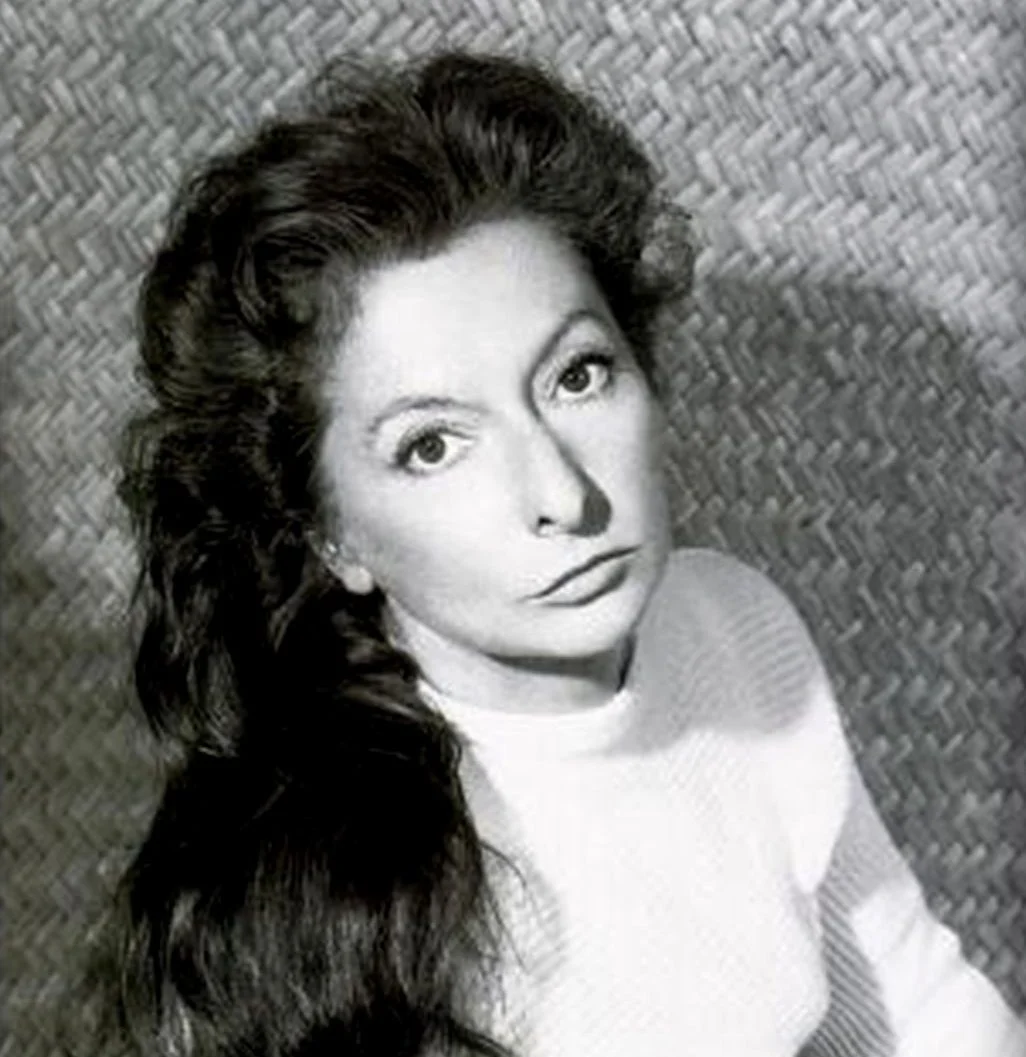
6. Yves Tanguy
Yves Tanguy (1900-1955) was a French Surrealist artist who was born as the son of a retired navy commander and initially pursued a career in the military as well. It wasn’t until the end of his military service in 1922 that he picked up painting after being influenced by members of the Surrealist group in Paris in 1924.
His work is one of the best recognizable in Surrealism. It consists of vast landscapes with a limited number of colors and became the inspiration for a large number of Surrealist painters in the 1930s. Tanguy initially lived the Bohemian lifestyle and enjoyed it. When he met fellow artist Kay Sage he moved to the United States and became an American citizen in 1948.
